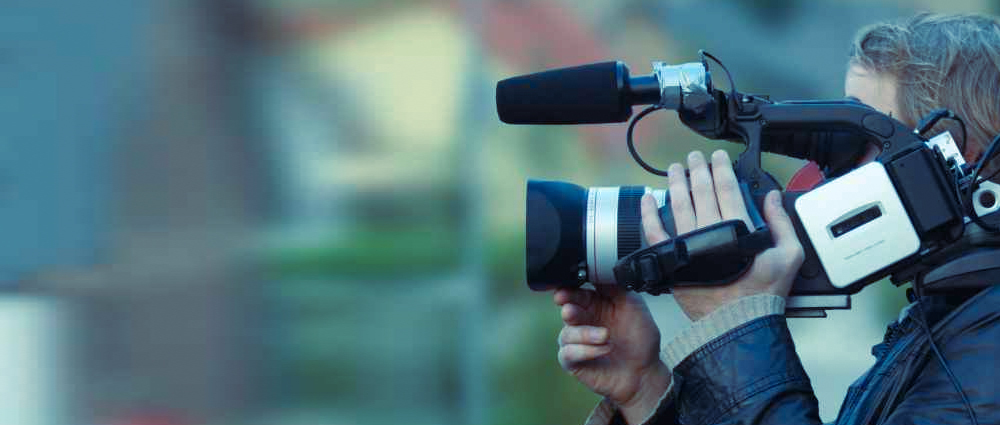Make no mistake. Documentaries are a potent tool for storytelling and education. They have the ability to capture the spirit of human experiences and hold up a mirror to both good and bad social realities. But creating a gripping documentary is not possible if there’s an absence of the right cameras and equipment.
Here are some of the equipment that enable filmmakers to create engaging, insightful, and entertaining documentaries.
Cameras
The first thing you need to decide is what type of camera you want to use. Bear in mind that celebrated filmmakers always use the best cameras for documentaries. There are three main types of cameras used for documentary work:
- DSLRs: DSLRs are versatile and affordable cameras that offer good image quality. They are a good choice for documentaries that are shot on a budget or that require a lot of handheld shooting.
- Mirrorless cameras: Mirrorless cameras are newer than DSLRs, but they are quickly becoming popular for documentary work. They are smaller and lighter than DSLRs, and they often have better video features.
- Cinema cameras: Cinema cameras are the top-of-the-line option for documentary work. They offer the best image quality and the most flexibility, but they are also the most expensive.
Audio Equipment
Good audio is just as important as good video for documentaries, hence the need for immaculate audio equipment for documentaries. Here are some of the most important pieces of audio equipment for documentary work:
- Shotgun microphones: Shotgun microphones are directional microphones that are good for picking up sound from a specific source.
- Lavalier microphones: Lavalier microphones are small microphones that are clipped onto the clothing of the person being interviewed. They are a good choice for capturing clear and consistent audio.
- Boom microphones: Boom microphones are long microphones that are held above the heads of the people being interviewed. They are a good choice for capturing sound in noisy environments.
- Audio recorders: Audio recorders are used to record sound from microphones. They come in a variety of sizes and price points.

Lighting
The importance of top-notch lighting kits for documentary videos is undeniable. The following are some of the most important pieces of lighting equipment for documentary work:
- LED lights: LED lights are energy efficient and long-lasting. They are a good choice for documentary work because they are lightweight and portable.
Microphones for Documentary Interviews
The type of microphone you choose for documentary interviews will depend on the environment you are interviewing in. If you are interviewing in a quiet environment, you can use a condenser microphone. Condenser microphones are very sensitive and can pick up very quiet sounds. However, they are also more susceptible to wind noise and other interference.
If you are interviewing in a noisy environment, you can use a dynamic microphone. Dynamic microphones are less sensitive than condenser microphones, but they are also more resistant to wind noise and other interference.
In addition to the cameras, audio equipment, and lighting, there are a few other pieces of essential equipment for documentary work:
- Tripods: Tripods are used to stabilize the camera and prevent shaky footage.
- Batteries: You will need a lot of batteries to power your camera, audio equipment, and lighting.
- Memory cards: You will also need a lot of memory cards to store your footage.
- A laptop: You will need a laptop to edit your footage.
- Editing software: You will need editing software to edit your footage.
Conclusion
Choosing the right cameras and equipment for documentary work is an important decision. With careful planning, you can select the tools you need to create a compelling documentary that will inform and inspire your audience.

